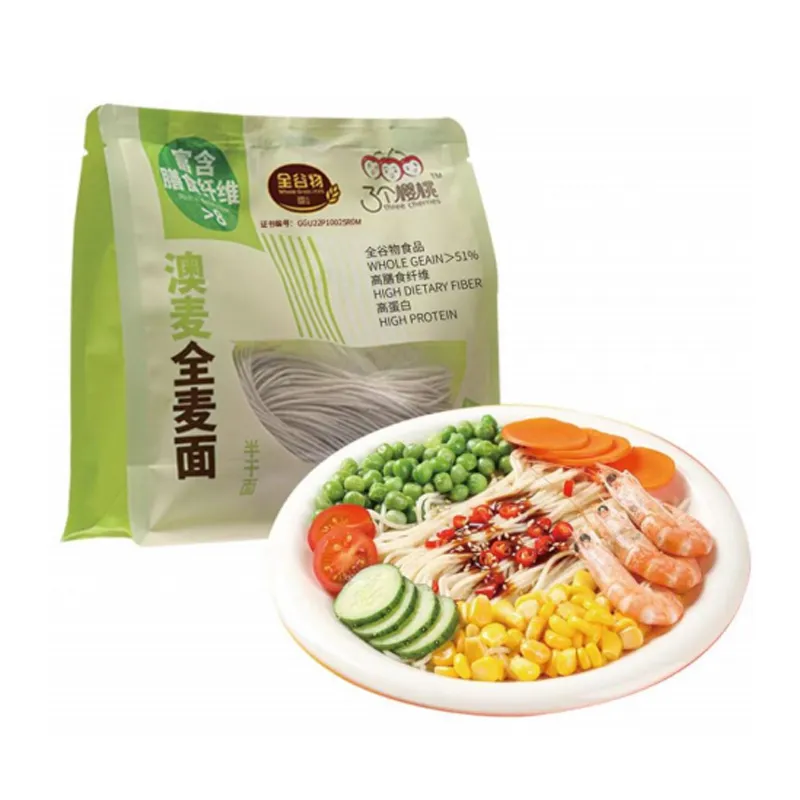Noodle Options for People with Diabetes to Enjoy without Worry
Noodles Diabetics Can Eat A Guide to Healthy Choices
For those living with diabetes, dietary choices are pivotal in managing blood sugar levels. Noodles, a staple in many cuisines worldwide, often raise concerns due to their carbohydrate content. However, with careful selection, diabetics can enjoy noodles in a way that fits their nutritional needs. Here, we will explore various types of noodles that can be suitable for diabetics, along with some considerations for making healthier choices.
Understanding Carbohydrates
Before delving into noodle options, it’s essential to understand the role of carbohydrates in a diabetic diet. Carbohydrates are the body’s primary source of energy. However, they can cause spikes in blood sugar levels, particularly when consumed in excess or in refined forms. The key for diabetics is to focus on the type and amount of carbohydrates consumed, opting for those that are lower on the glycemic index (GI) and higher in fiber.
Types of Noodles Suitable for Diabetics
1. Whole Wheat Noodles These noodles are made from whole wheat flour and retain the bran and germ, which are packed with fiber. The fiber content helps slow down the digestion and absorption of carbohydrates, leading to a more stable blood sugar response. Whole wheat noodles can be a great choice for adding bulk and nutrition to meals.
2. Vegetable-Based Noodles Spiralized vegetables, such as zucchini (zoodles), carrot noodles, or spaghetti squash, are gaining popularity as low-carb alternatives. These noodles are naturally lower in carbohydrates and calories, making them an excellent option for diabetics. They also provide essential vitamins and minerals while adding variety to meals.
3. Legume-Based Noodles Noodles made from legumes like lentils, chickpeas, or black beans offer a higher protein and fiber content compared to traditional wheat noodles. This combination can lead to improved satiety and better blood sugar control. These noodles may have a slightly different texture than standard noodles but can be a nutritious substitute.
4. Shirataki Noodles Also known as konjac noodles, these are made from the root of the konjac plant. They are extremely low in calories and carbohydrates, making them a popular choice for those looking to manage their weight as well as their blood sugar levels. Shirataki noodles can absorb flavors well and can be added to various dishes.
noodles diabetics can eat

5. Quinoa Noodles Quinoa is a whole grain that is gluten-free and offers a good balance of carbohydrates, protein, and fiber. Noodles made from quinoa can provide a nutritious alternative, ensuring that a person's meal is both satisfying and healthy.
Tips for Cooking and Serving Noodles
- Portion Control Even with healthier noodle options, portion control is essential. Aim for a serving size that fits within your dietary guidelines and monitor how it affects your blood sugar.
- Add Protein and Healthy Fats Pair noodles with lean proteins (like chicken, tofu, or fish) and healthy fats (like avocado or olive oil) to create a balanced meal. This combination can help stabilize blood sugar levels.
- Incorporate Vegetables Adding non-starchy vegetables to your noodle dishes can increase fiber content and provide necessary nutrients while helping to maintain lower blood sugar levels.
- Avoid Sugary Sauces Many sauces can be high in sugar, which is especially concerning for diabetics. Opt for homemade sauces using fresh ingredients, herbs, and spices to enhance flavor without the added sugar.
Conclusion
Living with diabetes doesn’t mean compromising on delicious meals. By making informed choices about the types of noodles consumed, diabetics can continue to enjoy this versatile food while effectively managing their health. Whole grain, vegetable-based, legume-based, shirataki, and quinoa noodles can all fit within a diabetic-friendly eating plan when prepared thoughtfully. Remember, moderation and balance are key, so it’s crucial to monitor portions and pair noodles with nutritious ingredients for a wholesome meal. With the right approach, noodles can be a delightful addition to a diabetic's diet.
-
Unleash Your Inner Chef with Delectable Italian Pasta CreationsNewsAug.01,2025
-
Savor Health and Flavor: Irresistible Soba Noodles for Sale Await!NewsAug.01,2025
-
Nourish Your Body with Premium Organic Ramen - A Culinary Delight AwaitsNewsAug.01,2025
-
Elevate Your Dishes with Our Exquisite Kinds of Egg NoodlesNewsAug.01,2025
-
Dive into Flavorful Convenience with Our Ramen OfferingsNewsAug.01,2025
-
Discover Exquisite Types of Naengmyeon and Chilled Soba NoodlesNewsAug.01,2025
-
Is Whole Wheat Pasta Healthy?NewsMay.30,2025
Browse qua the following product new the we

















































































































